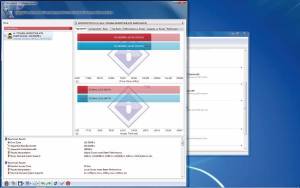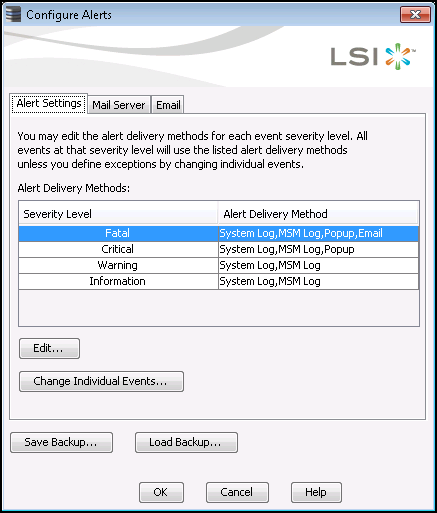

Finally Mount the /dev/md0 to raiddata mount /dev/md0 raiddata/ Monitor RAID in SoftwareĪfter RAID is configured successfully. In my case i have named it “ raiddata“ mkdir raiddataģ.7. bash -c "mdadm -detail -scan > /etc/nf"ģ.6. Place the information about /dev/md0 in /etc/nf, using command. Writing superblocks and filesystem accounting information: ~]#ģ.5. Monitor the syn status using below command ~]# cat /proc/mdstat –raid-disks option is being used to increase the number of devices in an array.ģ.3. –create will create device called /dev/md0. Mdadm: Defaulting to version 1.2 metadata Your boot-loader understands md/v1.x metadata, or use Store '/boot' on this device please ensure that Mdadm: Note: this array has metadata at the start and Type yes when asked “ Continue creating array?“ mdadm -create /dev/md0 -level=1 -raid-disk=2 /dev/sdb1 /dev/sdc1 ~]# mdadm -create /dev/md0 -level=1 -raid-disk=2 /dev/sdb1 /dev/sdc1

Create RAID in software using below command. To setup RAID in software we need to install utility called mdadm.ģ.2.

I have installed 2 20GB SCSI disks under my virtual machine as shown belowģ.1. In my setup I will using CentOS to showcase RAID running under VMware Workstation.
RAID MONITOR SOFTWARE HOW TO
Now lets dive into the steps on how to build RAID on Linux machine. Please read “ Master RAID Levels in Storage” for deeper understand of each RAID level. RAID 10 : It uses mirroring and Striping.RAID 6 : It uses disk striping with dual parity.There are total of 5 level a RAID can operate which are : Remove Failed derive from RAID in Software.


 0 kommentar(er)
0 kommentar(er)
